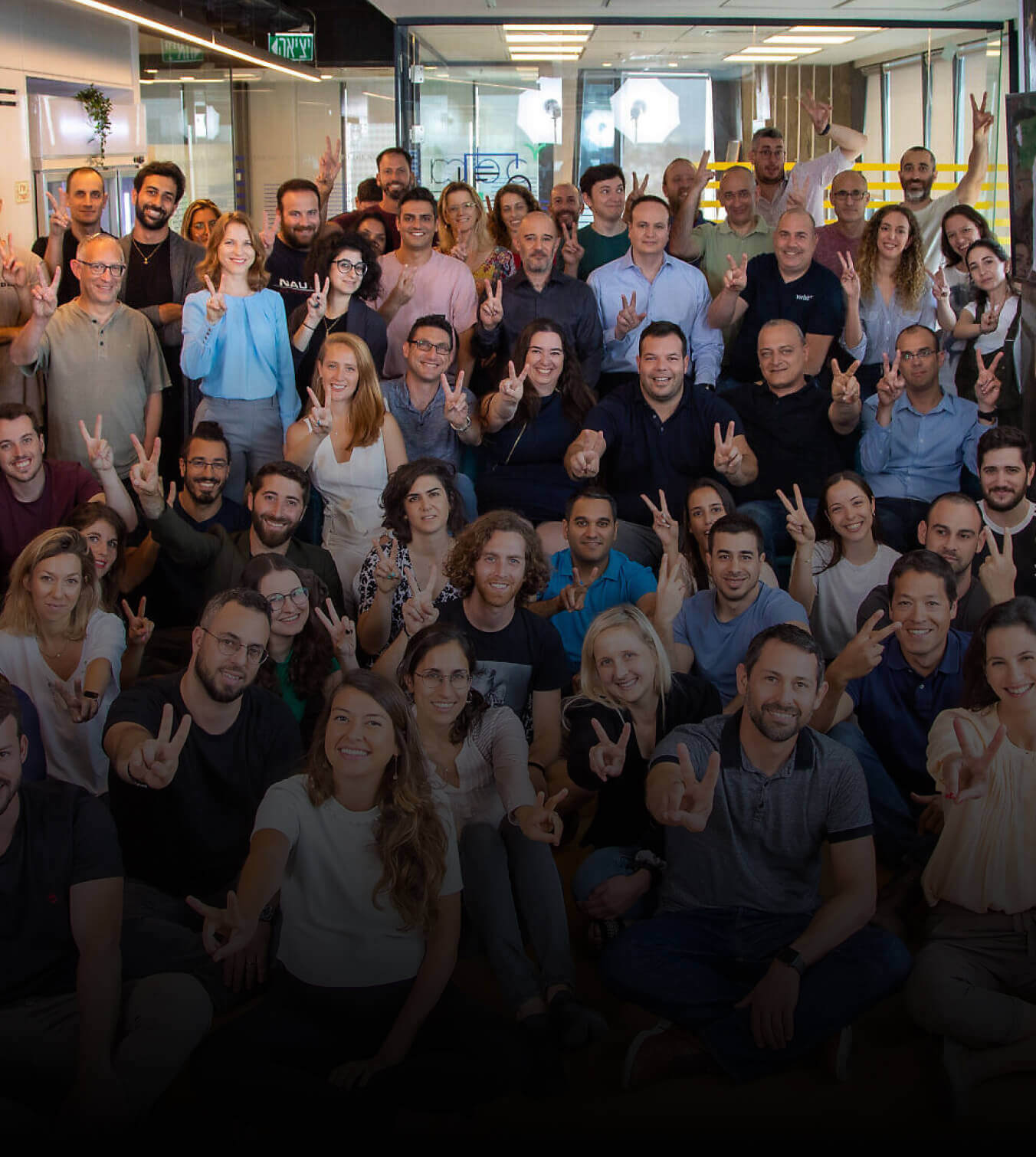The world is all frenzy about mobile apps and advertisement models it present. Our recent article regarding in-App advertisement strategies has received tremendous response from you guys and many of the readers requested to simplify the concept of Ads metrics and impressions. So here we are with another article in this series which will surely help you make an informed decision and will also boost your knowledge.

Metrics on how the ads work
Once the necessary programming has been implemented within your application, you will be prepared to receive announcements. From here from the network console, from the web, from the panel they give you, you can access a series of interesting metrics to see how these ads are working.
Requests
The first important metric is the requests, what are the requests? The times that your application requests an ad to the network.
Imagine you have an ad located on screen two of your application. Each time the user reaches that screen, your application will request an announcement from the network; unless you already have an ad saved to show a previous request, easy and simple, you have no more
Fell rate or match rate
The next metric derived from these requests is the fell rate or also called the match rate, what is this? Well, the percentage of satisfactory ad requests. If for example your application has requested ten ads and has received ten ads; the fell rate will be one hundred percent.
This metric is important to measure the quality of the network, it is not the only metric to look at when choosing one company or another, but it is very important why? If a network has a one hundred percent fell rate, it means that it will always be serving ads, whenever you ask them. In other words, you have enough advertisers to cover the demand you have.
On the other hand, if the network has a 50% fall rate it means that it does not have so many advertisers to show you and that in this case half of the times it will not serve you ads. In other words, you will only be showing ads half the time or what is the same, you will enter approximately half.
Impressions
Another metric, impressions, which are the times a user has seen an ad. Keep in mind that they are not the same as requests, your application may request an ad, receive it and show it five times on different screens, and for example, in this case, you will have a request, but five impressions.
The number of impressions will depend largely on you, the number of users, the times you show the ads, and the use made by your users of the app.
Example: Imagine you have only one ad on the main screen of your app. If you have ten users who enter the app a hundred times each, you will have a total of one thousand impressions.
Another case could be to have a thousand users who enter the app once and in this case you would also have a thousand impressions and if for example, you had a thousand users who enter once, but you have two ads instead of one, you would have a total of two thousand impressions Easy, it’s a simple calculation, how many times a user will see your ad.
CTR or click to rate
Now we go for another metric, also very interesting; what is ctr or the click to rate. It is the percentage of times that users click on an ad, and it is a very important aspect.
As a general rule, you will not earn income because a user sees the ad; You will get it when the user clicks on the ad or in other cases if the user clicks on the ad and then installs the advertised application.
What interests you is that the user clicks, the more times the better. The ctr indicates this: if you show a hundred ads and the user only clicks once, you will have a 1% ctr, the user clicks on an ad once in a hundred times. What interests here? That the CTR is high, the more times a user clicks on the ad, the more you will enter. To upload this ctr we could say that: you have good ways and bad ways to get it.
The good is just one, is to show ads that may interest the user. This is generally a work of the network, which is also interested in the data being good since they live from it and they what they can do with all the information they have, can try to show ads that interest depending on what Username. They know in which ads they have clicked, in which they have not, in which they can be more or less interested. On your side, you could also try to segment what kind of ads you want this ad network to serve.
If you have a game and are showing ads for that game, you might get a higher ctr, if you show ads from other games, instead of, for example, sneakers, to say the least. What “bad ways” are there to increase the ctr, basically positioning the ad near the clickable areas of your app, near a button, for example. To look for that non-voluntary click, that click by mistake. All pirated websites for downloads of anything from movies, music, are experts in doing so.
However, networks are increasingly striving to avoid these unnecessary clicks, either through how these clicks are produced, how they are programmed or through their use policies. After all, they also have to take care of their advertisers, an unnecessary click is lost money for the advertiser, which is surely not going to become anything.
On the other hand, you have to keep in mind that, by doing this kind of technique, you will be earning some more fast money, to put it in some way, but you will be going against the user experience. It’s bread for today and hungry for tomorrow.
If you get the user to enter, click on an ad, it will be fine for that particular moment because you are going to enter, but perhaps that user will get annoyance with your app and not use it anymore and even uninstall it. Therefore, perhaps you will get more clicks in the long run by having the ads in a clearer, more normal area that the user does not click so much, but instead will use your app more, do you understand?
lpcpm or loft of course impressions
And we go with the last metric, perhaps the most important and that depends on all the previous ones, lpcpm or loft of course impressions.
This is a calculation of income, match, impressions, multiplied by a thousand, in other words, removing technicalities and formulas, what the network is paying you for every thousand impressions
Why does this metric exist? Because it would be impossible to know how much you enter for each specific click. Some advertisers will pay “A”, others will pay “B” and others will pay “C”.
The majority of advertising on the Internet works with an auction system, where advertisers bid between them to appear, with which each click will have a cost or another. So the easy way to see how much you are being paid is this metric.
Revenue for every thousand impressions is like an average: every thousand ads I teach charge this. Here many variables come into play, not only what the advertiser pays, but also the percentage of clicks that you have. The CTR we mentioned before.
The interesting thing, as a general rule, is to have the highest possible CPM, together with the fell rate when choosing a network.
And now we are going to the big question, how much do you earn using these advertising networks? Well, the big answer to the big question is that it depends, and in this case more than ever. This is the same as asking someone who has a website that has an advertisement with atworks or a YouTuber that shows ads in their videos.
Variables that mark the pay of an advertiser
Many variables mark what an advertiser pays, for example, the country; the same is not paid for advertising in the United States than in Brazil, for example.
Companies, as a general rule, pay much less to show an ad in Brazil than in the United States, because after all, they will also earn less income; so if you have more users in countries where advertising is better paid, you will enter more, than if you have more users in countries where advertising is paid less.
Another interesting variable is the dates, for example, Christmas is a time where there is a lot of publicity, they are the dates of highest consumption and therefore the advertisers are going to compete more with each other and they will have to bid more. Result: they will pay more, for each ad, so it is normal that in times like these you enter more than at other times.
Finally, another of the big variables in the price that is paid for an ad is its format. A tiny banner is not the same as a full-screen ad or video; the video is paid more than the full-screen ad and the full-screen ad is paid more than the banner. In other words, the more intrusive the ad, the more the advertiser will pay.
Anyway, although I have made it clear that there are thousands of variables, which can greatly influence income, I would get wet based on all the applications I had with advertising, that a thousand impressions, a thousand ad visits, It is usually equivalent to one euro, I say that this data must be taken with tweezers, it can be more or less; It can be a good fact to start from, a good average.
What you can see, to get a decent income through this type of advertising, you will need not many users, but rather much use within our app. After all, if a thousand impressions of a thousand views of that ad are one euro, to get about 50 euros a day, we would need 50 thousand views of ads per day, to get an idea.
What networks do we have specifically for mobile applications? There are many admin startups, charbus, litboll, AdMob, they are examples of at networks that we can use to receive ads within our app. There are three ways to earn income through application advertising: create your network if you have many users; sell advertising space within an app or niche; or resort to one of the many networks that exist.
In the latter case, we will need many users to get an application to monetize well and we must look at things like the fell rate, the CTR, the impressions or the FPM.

Recent Articles
Zazz.io Recognized as a Top Mobile...
When it comes to mobile app development and digital transformation...
Impact Of Google Bard on Mobile...
Artificial Intelligence has caused an irreplaceable disruption in almost every...
Cost of Building a Real Estate...
100 million+ homes listed in some of the most preferred...










